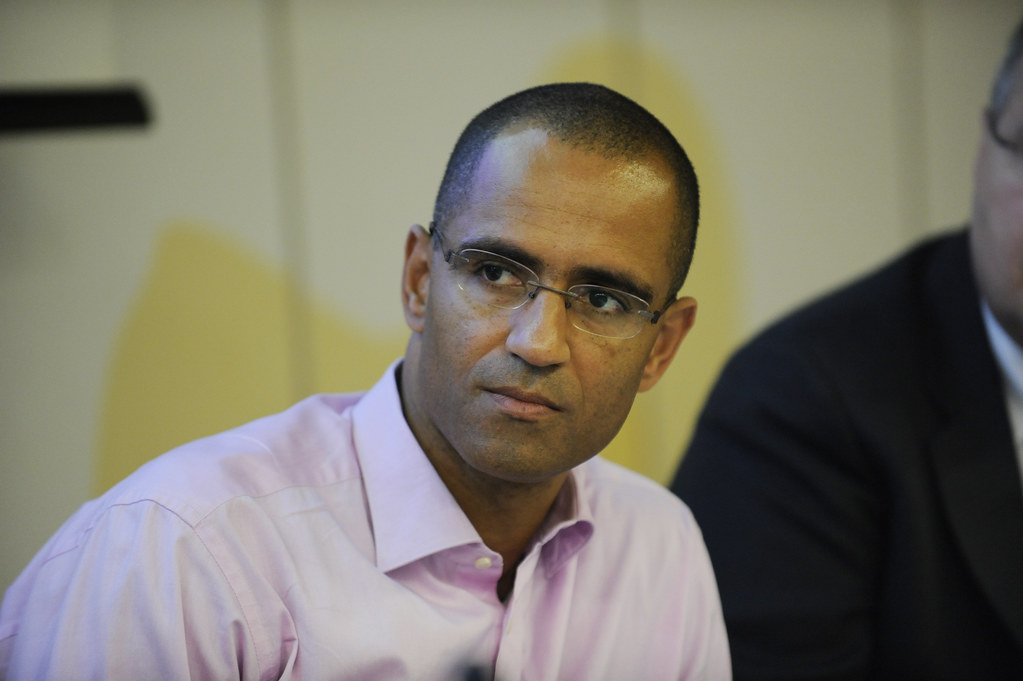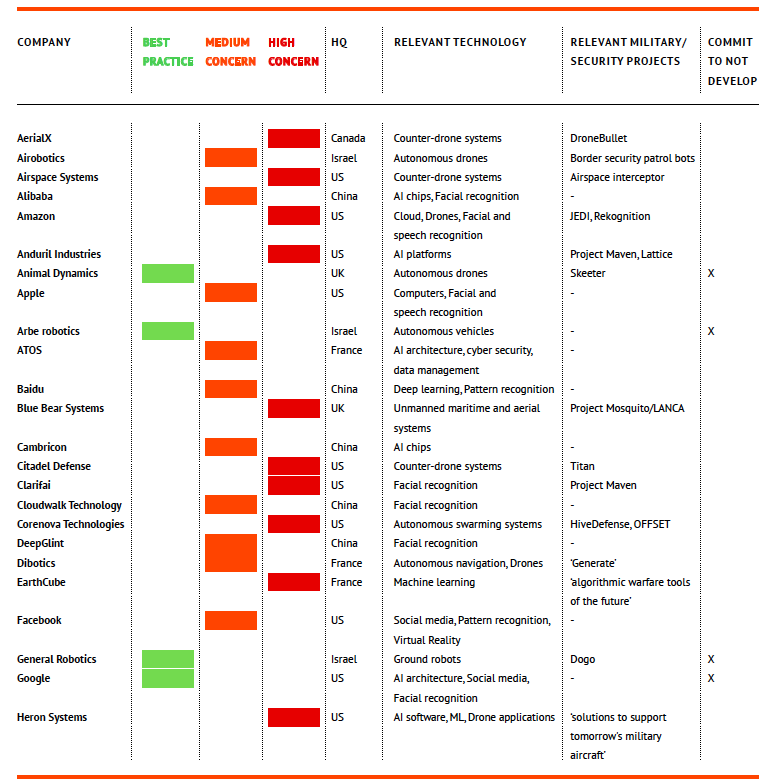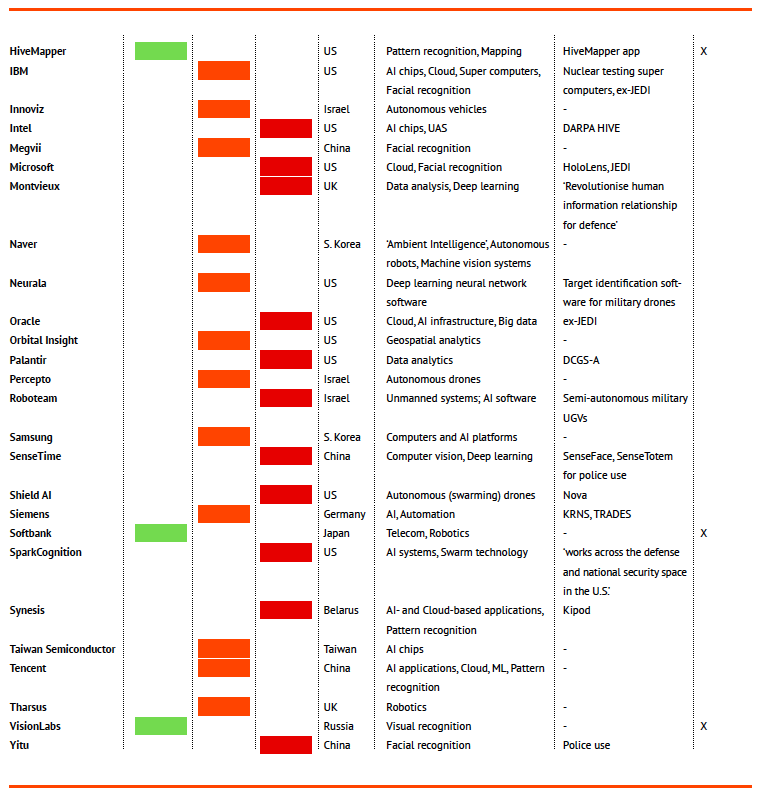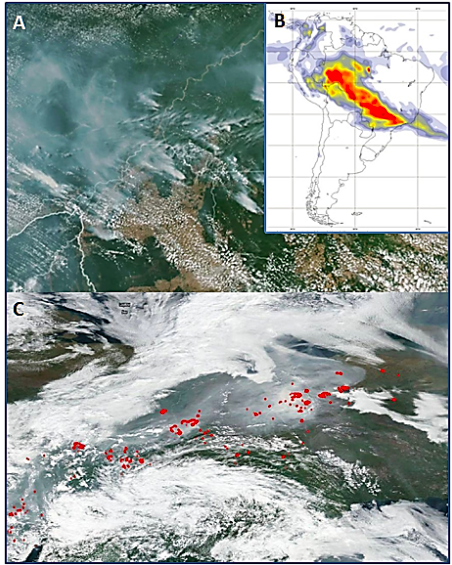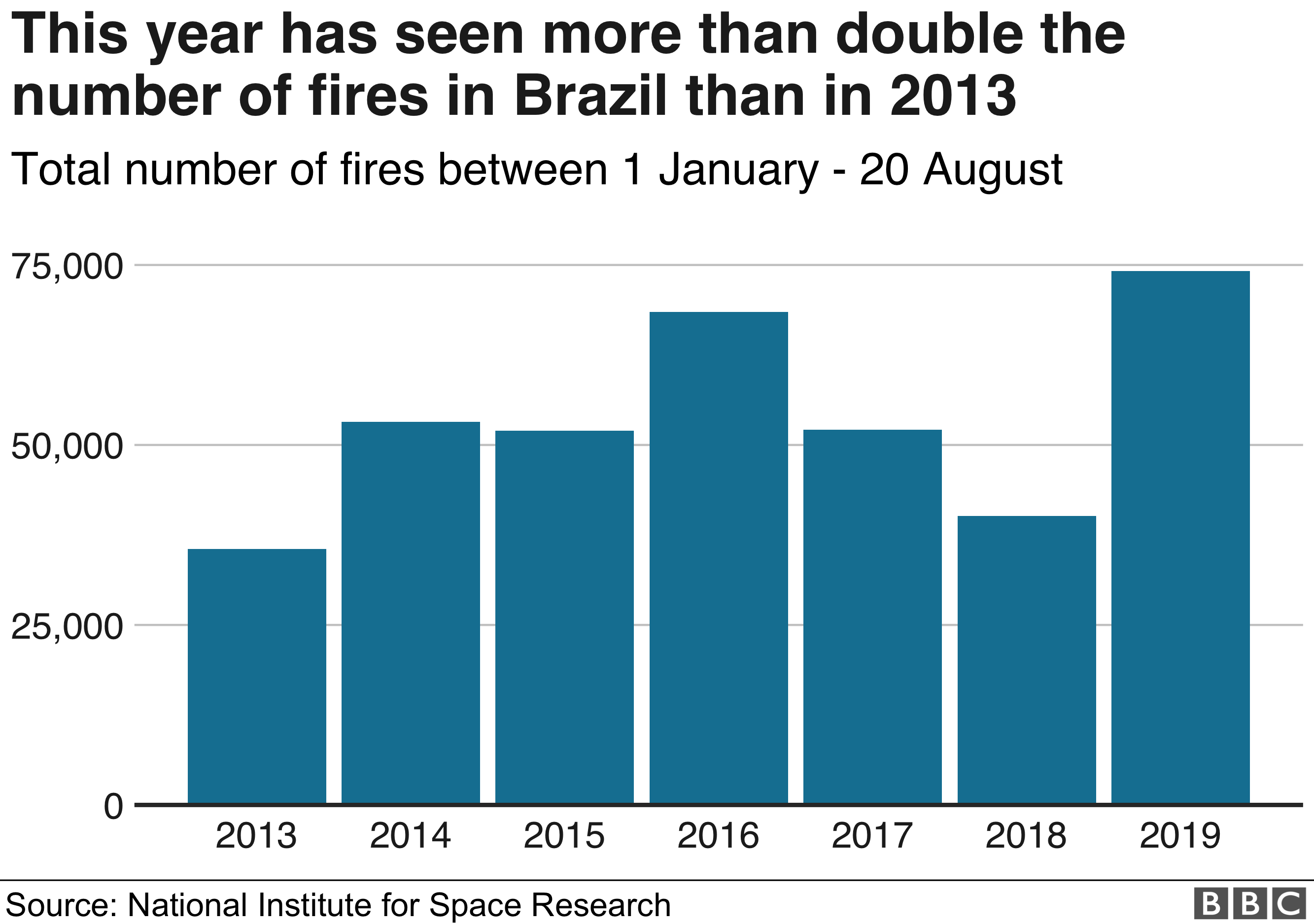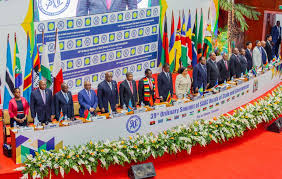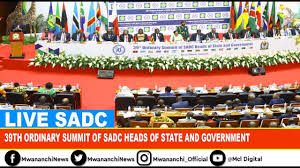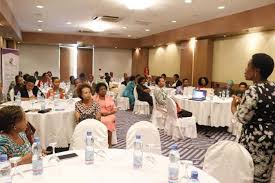It is possible that Abe’s Korea bashing is a part of his ambition of restoring the pre-1945 Japan where Shintoism ruled the body and the mind of the Japanese people.
Under Shintoism, the Japanese were united, or forced to be united in order to win “the holy war of liberating Asia from domination of the West.”
Shintoism along with Bushido is gaining its force and expands its influence in Japan.
Shintoism is the ideological roots for the Association of Shinto and the “Japan Conference” which are the most conservative political forces in Japan trying to restore the Meiji era’s Shintoist military empire.
This should not happen, because, if it happens, democracy will be gone in Japan and the dark clouds of war will cover once again the sky of Asia.
In this paper, I will first discuss the origin and the nature of Shintoism and then, I will examine the possibility of restoring it under the conservative governments. Finally, I will argue that Abe and his friends should not even dream of using Shintoism for their dangerous ambition to dominate East Asia either through military power or economic manipulation.
1. Origin and Nature of Shintoism
The widely spread religion in Japan has been Shintoism which means “the way of god”. This is a folk belief practiced for centuries by the Japanese people. It is a sort of shamanism in which everything can be god: sky, moon, trees, rocks, flowers, rivers, mountains and so on.
However, Japanese shamanism has been much influenced by Daoism, Buddhism and Confucianism in such a way that it has been playing key roles in forming Japanese mentality and culture.
For instance, self-discipline, order and strictly vertical structure of human relationships are some of the influences of these three religions or philosophies which came from China and went to Japan through Korea.
Shintoism is practiced in Shinto shrines led by Shinto priests. Shinto congregation is organized as parish; the number of parish members can vary from shrine to shrine and from time to time. Also, in many cases, Shintoism is practiced at home through miniature shrine hanged on the wall or placed on the shelf.
God knows how many shrines there were before 1945, the year of the end of State Shinto. But in 2017, there were 80,000 Shinto shrines in cities, towns, villages, mountains and other places.
The most important Shinto shrine is the Ise Shrine where the goddess, Amaterasu is worshiped; it is the most sacred shrine in Japan.
The Japanese believe that the founder of Japan was Amaterasu Omikami meaning “the great (omi) goddess or god (kami). The Japanese people believe that the emperors are direct liner descendants of the goddess, Amaterasu.
The golden era of Japanese Shintoism was the era of the Meiji Restoration which began in 1867 with the crowning of Emperor Meiji and which ended in 1912 with his death.

Emperor Meiji was the most remarkable, powerful and successful Japanese emperor. It was Emperor Meiji (image on the right) who made Japan free from the rule of Shogunate which began in 1602 with Tokugawa Ieyasu, four years after the retreat of the defeated Toyotomi Hideyoshi‘s army from Korea.
Emperor Meiji was perhaps the only emperor who not only reigned but also ruled Japan for half a century; he was the emperor who transformed the feudal Japan into the most industrialized, the most modernized and the richest and the most militarily powerful in Asia.
The government of Meiji needed an absolute authority needed for the unity, discipline and the absolute loyalty of the Japanese people. Well, Shintoism provided the means to meet such needs. Japan needed a god that can rule all other gods; such god was the emperor.
The deity of the emperor meant two things in people’s mind. First, the emperor was god; so, the people must worship and obey him. Second, self sacrifice, especially the death for the emperor-god was the ultimate honour and even salvation of the people.
In short, Shintoism during the Meiji era and post-Meiji period until the end of WWII was a powerful religion.
One of the most productive policies undertaken by Emperor Meiji was the consolidation and integration of Shinto types into an official State Religion.
In 1871, Meiji established the Ministry of Rites which appointed Shinto priest as civil servants and divided Shinto shrines into many classes on the top of which was the Ise Shrine dedicated to goddess Amaterasu, symbol of divine legitimacy of the emperor.
In 1872, the Ministry of Rites was replaced by the Ministry of Religion.
In 1890, the Meiji government issued the Imperial Prescript on Education inspired by Shintoism; the students were required ritually recite the oaths: “offer myself to the State as well as to protect the imperial family.” This lasted until 1945.
From 1942 to 1945, I was a student at a Japanese Normal School which was a specialized school for future teachers of primary school. The school was located in the city of Chunchon, Korea.
We had to repeat every day the Shinto ritual, as did the students in Japan. Early in the morning every day, we had to go to a government-run Shinto shrine where we had to wash our hands and mouth before passing through the line beyond which the ground was sacred.
Inside the hall of prayer, we prayed for the glory of the emperor, the victory of Japan and pledged our lives to save Japan and the emperor.
Being well brainwashed, I almost believed, like many other young students in Korea and Japan that the emperor was a living god.
At school, we went through another kind of Shinto rituals. Every morning, there was a ceremony which consisted in the principal’s reading of a long declaration of the Pacific War justifying the sacred war.
Monday morning every week, we attended what was called “Sushin” class which was intended to glorify our sacrifice for the emperor and intensify our hatred against Americans.
We were taught that North Americans were uncivilized, they were cruel; they had no tears, they had no family life.
In short, the brainwashing process of Shintoism had the following psychological outcomes.
First, the State Shinto made Japanese people to believe in the beauty of dying for the emperor.
Second, it made them feel superior to all others races for the reason of being the people of emperor-god. Here we see the origin of Japan’s unhealthy racism.
In fact, I remember how Japan classified the world population. Japan made a long list of races and peoples in a vertical hierarchy in terms of importance and quality.
On the top of the list were, of course, the Japanese; the rest were servants serving the Japanese; Koreans were supposed to be number one servants”.
Third, since the western powers being the enemy of the emperor, they deserved Japanese people’s hatred.
Shintoism has greatly contributed to the whole mobilization of body and mind of the Japanese people not only for the preparation but also the conduct of Japan’s annexation of Korea, its conquest of Manchuria, its invasion of China and its attack against Pearl Harbour.
There was another quasi-religious culture which even strengthened Shintoism, namely the tradition of Bushido (the code of Samurai) There were several codes, but the most important code was the total sacrifice of oneself for the glory of the master, the emperor.
Bushido has transformed Shintoism into a weapon more powerful than any other military weapons.
For instance, the “glorious sacrifice” of the kami-kazé pilots was regarded by the Japanese as the ultimate Shintoist gesture.
Then, there was the notion of “Hakko-Ichiu” (see Joseph H. Chung. Korea-Japan Trade Plus War: Where Are You Going Mr. Shinzo Abe? Global Research, July 18, 2019)
This expression means eight continents (Hakko) under one roof (Ichiu). The roof is Japan. This implies that the whole world should be under the domination of one nation, which is, obviously, Japan.
We can imagine easily what can come out of the combination of Shintoism and Hakko-Ichiu.
Image below: Japanese pilots who gathered under the flag of Hakkō ichiu during the Pacific War (Source: Public Domain)

The wars conducted by Japan before 1945 were the Hakko-Ichiu holy wars of “liberating Asia from the domination of the West.” At least, this was what the war-time Japanese leaders seemed to believe; even some of the contemporary conservative leaders led by Abe seem to share the same view.
In fact, the Tanaka Memorial of 1927 and the concept of the East Asia Co-Prosperity Sphere of 1940 were the concrete manifestation of Hakko-Ichiu war.
According to this Tanaka Memorial, Japan’s world conquest should proceed in steps.
First target was Korea which was important for Japan; Korea was the bridge to Manchuria and China, even to Russia; Korea was a buffer zone offering to Japan defensive advantages.
In fact, Toyotomi Hideyoshi’s army attacked Korea in the period, 1592-1598, because Korea refused to be used as the bridge for the Japanese army’s plan to invade China.
South Korea played well the role of Japan’s buffer zone in the 1950s preventing the spread of communism before the Korea War.
The second target was Manchuria. In 1931, units of Japanese army disguised as Chinese soldiers exploded a part of railway near Mukden City in Manchuria in order to justify the invasion of undefended Manchuria.
The third target of the Hakko-Ichiu war was China. In 1937, near the Bridge Marco Polo not far from the city of Nanjing, the powerful Japanese army attacked a small Chinese army unit under the pretext of saving a Japanese soldier who was enjoying himself somewhere near the bridge. The Japanese army justified its attack accusing the Chinese unit for alleged kidnapping of the Japanese soldier
The fourth target of the holy war was the brutal attack in 1941 against Pearl Harbour without a declaration of war.
The Tanaka Plan failed.
But we can imagine, with shiver, how the Shintoism-inspired holy war of Hakko-Ichiu could have enslaved Asia, if Japan did win the Pacific war.
In short, Shintoism along with Japan’s faith in Hakko-Ichiu has led Japan to engage in wars for half a century during which the Japanese people had to go through physical suffering including inhuman starvation and constant psychological trauma of the war.
The Hakko-Ichiu holy war that was inspired and guided by Shintoism ended in 1945.
Because of this war, tens of millions of human beings were killed; countless innocent women including teenage fragile girls were raped; civilizations built for centuries were destroyed and the worst kind of violation of human rights was committed.
For whom was this holy war? Surely it was not for the Japanese people.
The war was for a few who benefited from the war including some political leaders misguided by wrong perceptions of Japan’s destiny, some military leaders who sought for glory in the battle ground and some greedy corporations which wanted to make money by producing murderous weapons..
The Japanese people have not forgotten the misery of this war; they want to never see again the Hakko-Ichiu war; they want peace; they may never obey again the war-loving misleading leaders.
2. Abe’s Plan for the Restoration of Shintoism-Inspired Imperial Japan
Yet, a group of ultraconservative political leaders led by Shinzo Abe have been trying to restore Shintoism and Bushido.
There is the Shinto Association of Spiritual Leadership (Shinto Seiji Renmei) founded in 1969; it is becoming more and more visible and influential.
Most of the ultraconservative politicians are members of this Association.
Abe visits every year the Ise Shinto Shrine which is dedicated to the goddess Amaterasu. He hosted in 2016 the G7 meeting near the Shrine. Abe held one of his cabinet meetings at the same Shrine.
Keiji Furuya, one of the most outspoken ultraconservatives in Japan joined the Association, so did Abe. More than 300 members of the Japanese parliament are member of the Shinto Association.
The Shinto Association is one of the most powerful political lobby groups in favour of the revival of the Shintoism-dominated military empire of Japan.
The members of the Shinto Association are also members of the Japan Conference (Nippon Kaigi). The Japan Conference is a terribly powerful ultraconservative political organization fighting for the restoration of the Meiji era. More than 80% of Abe’s ministers are its members.
Just imagine how the combined forces of the Shinto Association and the Japan Conference can easily change the destiny of Japan.
Former director of the Shino Association was quoted to have said: he was claiming for the restoration of the divinity of the emperor.
“In Japan, policies were adapted weakening the relationship between the imperial household and the people and the fundamental elements of Japanese history were not taught at schools.” (Michael Holtz, Christian Science Monitor, October 5, 2015)
Another alarming sign is the return of Bushido. The book by Masahiko Fujiwara, “Dignity of a Nation”, one of the bestsellers advocates the revival of Bushido (Way of Samurai).
Bushido has had a long process of evolution, but the Bushido since the Meiji era until the end of WWII, has meant absolute loyalty to the emperor, the belief in the glory of death for the emperor and even suicide in the form of “harakiri” or “seppuku”, one of the most brutal and torturing way of killing oneself; harakiri is a ritual suicide to punish oneself for the failure of performing the given duty.
A friend of mine told me about the collective harakiri of a whole company of the defeated Japanese army in Shanghai in 1946; they knelt toward the imperial palace in Tokyo and cut opened their belly and died for their responsibility of losing the war.
In fact, Bushido is a part of Shintoism; the kind of Shintoism which Abe might have in mind could be the culture of “banzai suicide attack” (banzai means long live emperor) which the world saw with horror time after time during WWII. What Bushido does is to make Shintoism more militant and more aggressive. A Bushido-man would say:
“It is shameful for man to die without risking his life in battle!”
3. Feasibility of Abe’s Plan for the Restoration of Shintoism-Inspired Imperial Japan
All indicate that Shintoism is coming back. The interesting question is whether the return of Shintoism will remain as cultural and religious phenomenon or lead to the restoration of the Shintoist military imperial Japan.
It seems to be more than possible that Abe and his friends dream for the restoration of the Shintoist military imperial empire.
However, to restore the Shintoist military imperial regime, Abe must amend the Peace Constitution.
To do so, he must do the following:
- First Abe’s LDP (Liberal Democratic Party) must have permanent control of political power.
- Second, LDP needs two-third of votes in both houses of the Diet in favour of the constitutional amendment.
- Third, at the popular referendum, LDP must get a majority votes in favour of constitutional amendment.
Abe’s LDP is sure of keeping power for good. There are several factors which allow LDP to remain in power for more than 60 years including the tripartite collusion of politics-business-civil service, corruption deriving from such collusion, rural biased electoral system and the proliferation of small political parties.
And the local private political support group (Koenkai) is perhaps one of the most effective factors responsible for the permanent ruling of Abe’s friends.
Through this system, the electoral campaign never stops. The trouble is that the management of Koenkai is expensive, but the ultra-conservatives never lack money because of their collusion with rich business friends.
The amendment of the Peace Constitution is like to be achieved eventually. If needed, Abe’s group can buy the votes in the upper house.
To get the majority of referendum votes, LDP will continue to silence the opposition voices, intensify Korea bashing in order to intensify anti-Korea culture in Japan and create a climate of fear making easier to convince the people of the need for militarily strong Japan.
On the other hand, there are factors for the possible failure of Abe’s dream.
It is true that the Japanese people are well known to be docile and respect authority. But, they are likely to reject Abe’s leadership for two reasons.
To begin with, the Japanese people will not tolerate Japan getting into once again into the folly of making wars; they suffered so much and so long from the holy war of Shintoist Japan.
Moreover, the Japanese people are not happy with Abenomics. In fact, according to a NHK survey in 2016, more hat 75% of them say that they have not benefited from Abenomics.
In other words, because of the Japanese people’s hatred for war and disappointment with Abe’s economic policy, LDP might have some difficulty of having the majority vote for the constitutional amendment at the referendum.
But what will happen, if Abe will get the majority votes at the referendum and gets the right to invade other countries?
It is not impossible that Abe might have the ambition of following the Tanaka memorial of 1927. If this happens, East Asia might once again go through the nightmare of war and destruction
But I hope that the Abe and his ultraconservative friends wake up from their out-of-date dream, think for the welfare of the ordinary people in Japan, remain peaceful country and work together with Korea, ASEAN countries and China for the security and the prosperity of the region and the world.
*
Note to readers: please click the share buttons above or below. Forward this article to your email lists. Crosspost on your blog site, internet forums. etc.
Professor Joseph H. Chung is professor of economics and co-director of the East Asia Observatory (OAE) of the Study Center for Integration and Globalization (CEIM), Quebec University in Montreal (UQAM). He is Research Associate of the Centre for Research on Globalization (CRG).













